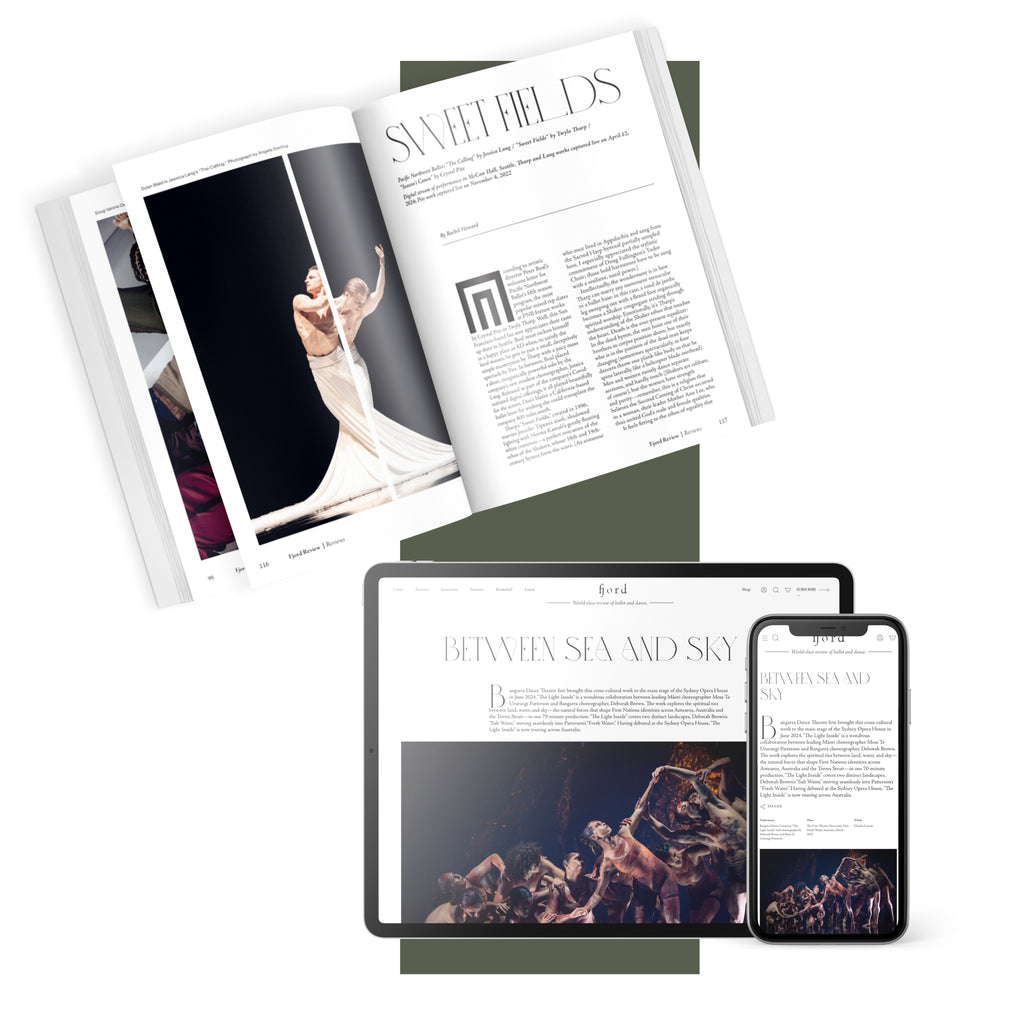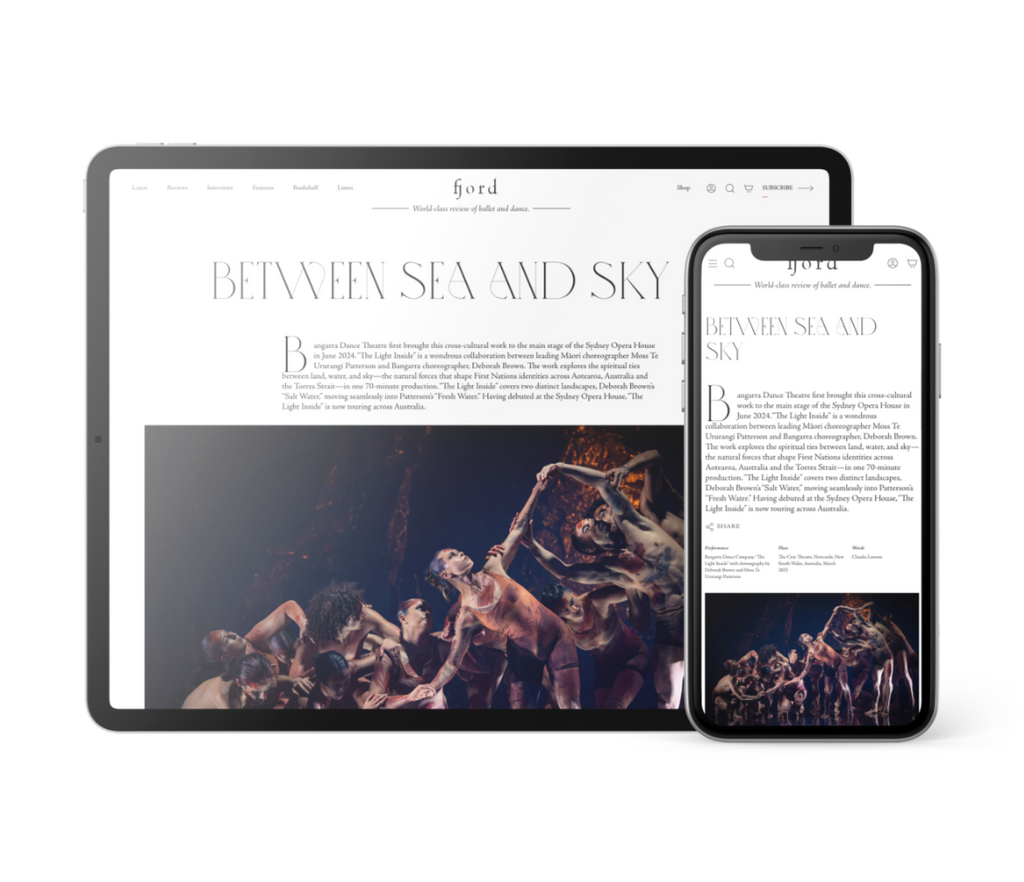The Music Within
Cleveland native Dianne McIntrye received a hometown hero's welcome during her curtain speech prior to her eponymous dance group thrilling the audience in her latest work, “In the Same Tongue.”
Continue Reading
World-class review of ballet and dance.
Japan Society presented its 20th showcase of contemporary dance with works from emerging choreographers in East Asia over a mid-January weekend. Curated by Japan Society’s artistic director, Yoko Shioya, the festival introduced ensembles and performers representing Japan, Taiwan, and South Korea. New work and perspectives coming from East Asia are often rewarding, or at the very least, eye-opening. This slate of works varied widely in terms of depth and sophistication.



“Uncommonly intelligent, substantial coverage.”
Your weekly source for world-class dance reviews, interviews, articles, and more.
Already a paid subscriber? Login

Cleveland native Dianne McIntrye received a hometown hero's welcome during her curtain speech prior to her eponymous dance group thrilling the audience in her latest work, “In the Same Tongue.”
Continue ReadingA man, much to his wife’s chagrin, has a nasty little habit: at night, he turns into a bat and flies out of their marital bed to partake in all kinds of infidelities.
Continue ReadingThe Japan Society continued its Yukio Mishima Centennial Series with a newly commissioned dance work titled “The Seven Bridges (Hashi-zukushi)” based on Yukio Mishima’s short story by that name originally published in 1956.
Continue ReadingLondon is a changed city this week. The cold front has come, and daylight hours have plummeted. The city is rammed with tourists, buskers, and shoppers.
Continue Reading
comments